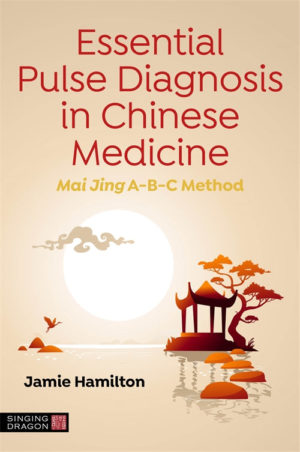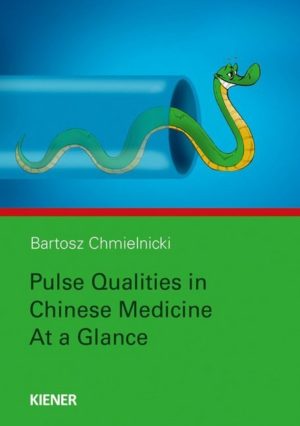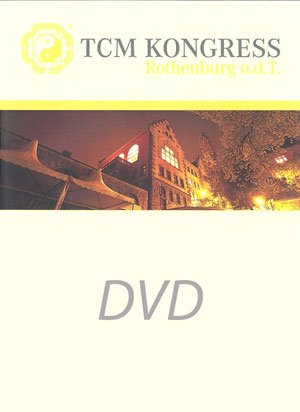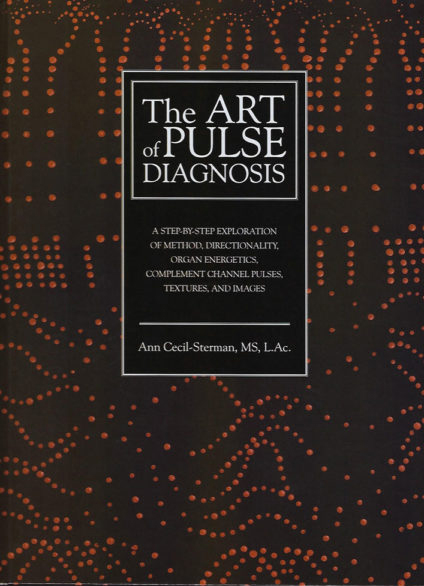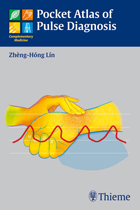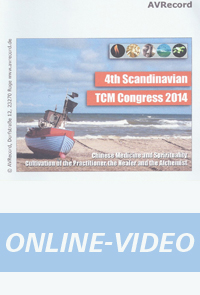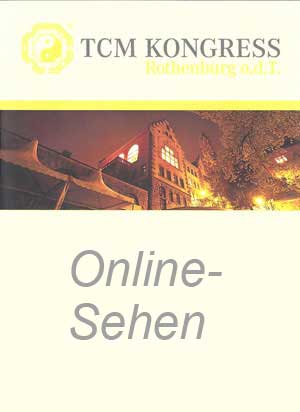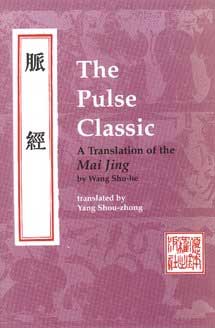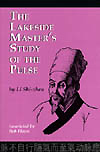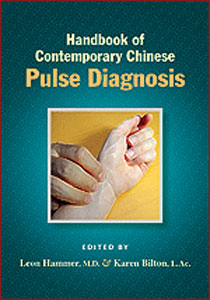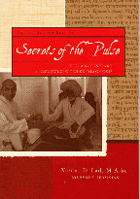Pulse diagnosis
Books and DVDs on pulse diagnosis
That’s all there is to know about pulse diagnostics!
Books about Chinese pulse diagnosis, like von Hammer, Chinese Pulse Diagnosis, show how to recognize the different pulse patterns and which TCM diagnosis can be derived from them. Pulse Diagnosis in Chinese and Ayurvedic Medicine by Ploberger gives deep insights into the art of pulse diagnosis. Ploberger describes pulse diagnosis from the point of view of two different traditional, eastern medical systems – Ayurvedic and Chinese medicine. Pulse palpation is of decisive importance for a correct pulse diagnosis. In this practice-oriented book all important aspects of the pulse are presented from the point of view of the different disease patterns. It conveys the technique of pulse palpation as well as the clinical significance of classical pulse qualities.
This distinguishes the pulse diagnosis from the others
In this book with DVD Pulse Diagnosis in Chinese Medicine by Carola Krokowski and Rainer Nögel individual pulse images are described in detail and their meaning explained. The authors contribute their many years of experience, which rounds off the explanations. On the included DVD you will find the different pulse images in 3D animation. Pulse diagnosis is one of four diagnostic procedures in Traditional Chinese Medicine. In addition belong to it: Diagnosis by questioning (whom zhen), diagnosis by observation (wang zhen), diagnosis by hearing and smell, diagnosis by touch. In Western medicine, the first three procedures are familiar to us, or easily understandable as tongue diagnosis. Since we humans are visually oriented and like to trust our eyes, these methods are easy to understand. Pulse diagnosis, on the other hand, is the most mysterious and seemingly most difficult method of diagnosis for the learner to learn, since it is a method to recognize the qualitative changes and not only to judge the pulse according to its frequency and rhythm.
Pulse diagnosis in traditional Chinese veterinary medicine
Diagnosis in TCVM is usually based on 6 or 7 diagnostic procedures. The animal owners are asked about the symptoms and complaints. Examination of the pulse, the points of agreement and alarm, the pathways and acupuncture points, the temperature of the extremities, the tongue (often without findings). Observation of the animal and questioning of the animal owner about its behaviour. Pulse diagnosis is particularly important, as it gives the first indications for a differential diagnostic classification. Based on the pulse quality, the classification into energetic weakness/emptiness or abundance is usually possible. In addition, important information is obtained to determine the disease trigger (bing yin) and the disease mechanism (bing ji). In this book the individual pulse pictures are described in detail and their meaning is explained. On the enclosed menu-driven DVD the different pulse patterns are illustrated and explained in 3D animations.

